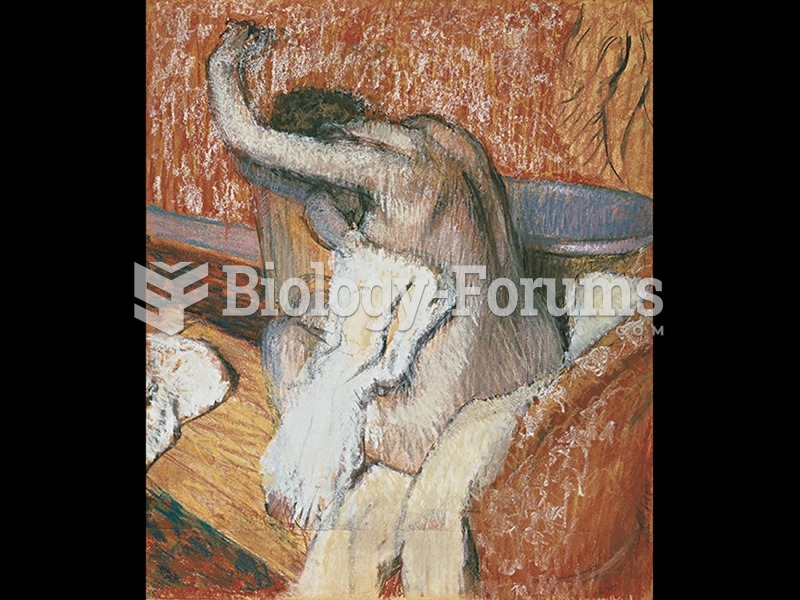Answer to Question 1
4
1. Incorrect. Depending what type of contraception was used, this may not be an accurate statement.
2. Incorrect. This statement is not appropriate advice.
3. Incorrect. Depending on what type of medication the woman is taking, this may not be an accurate statement.
4. Correct. A healthy diet before conception is the best way to ensure that adequate nu-trients are available for the developing fetus. Folate or folic acid intake is of particular con-cern in the periconception period. Neural tube defects are more common in infants of women with poor folic acid intake.
Answer to Question 2
1
1. Correct. Uterine atony is marked hypotonia of the uterus. It is the leading cause of post-partum hemorrhage.
2. Incorrect. Uterine inversion may lead to hemorrhage, but is not the most likely source of this client's bleeding. Furthermore, it would be evident if the woman were experiencing a uterine inversion by the presence of a large, red, rounded mass protruding from the introitus.
3. Incorrect. A vaginal hematoma may be associated with hemorrhage. However, the most likely clinical finding would be pain, not the presence of profuse bleeding.
4. Incorrect. A vaginal laceration may cause hemorrhage but it is more likely that profuse bleeding would result from uterine atony. A vaginal laceration should be suspected if vaginal bleeding continues with the presence of a firm, contracted uterine fundus.







